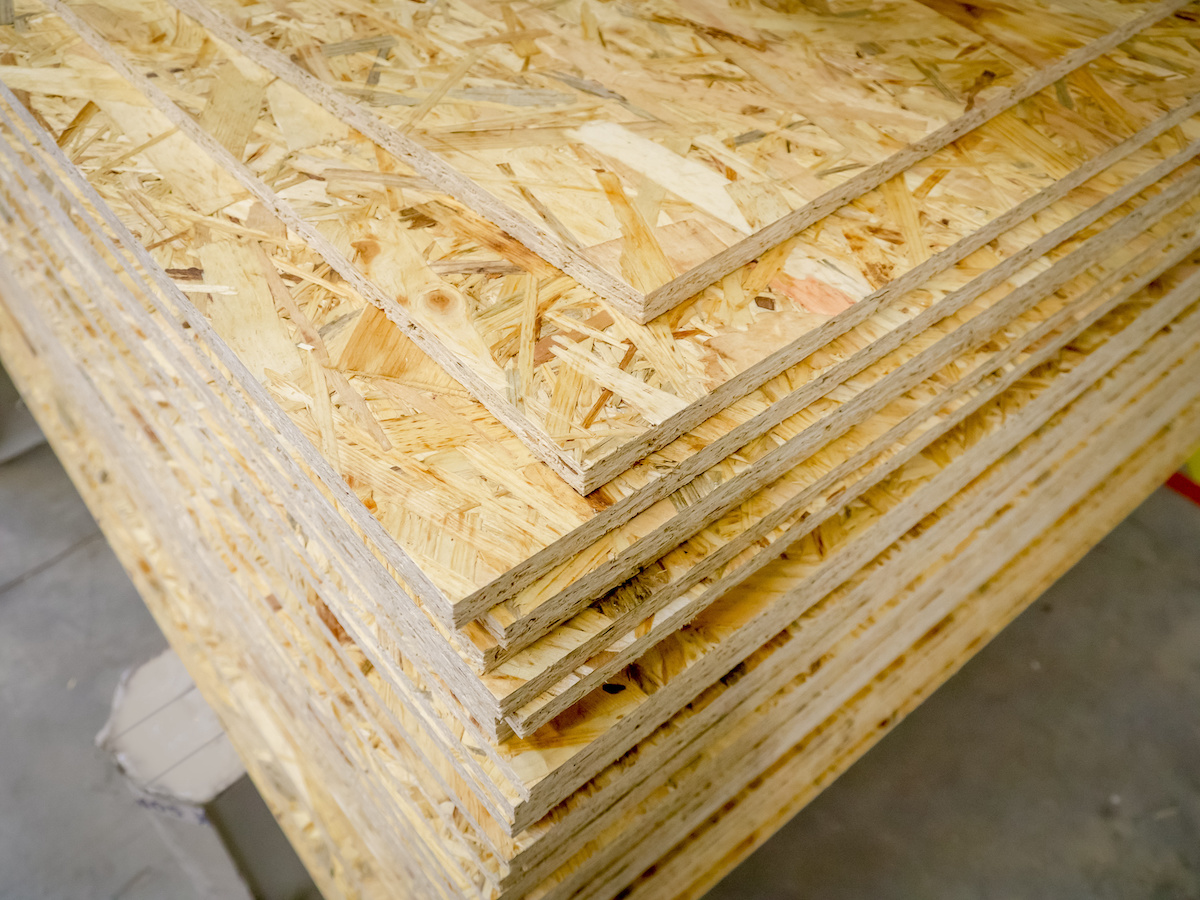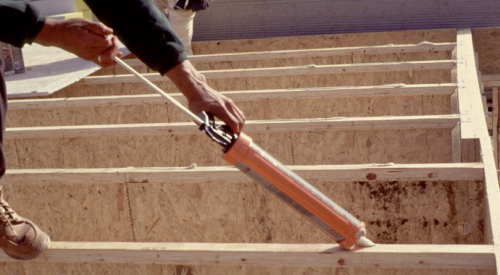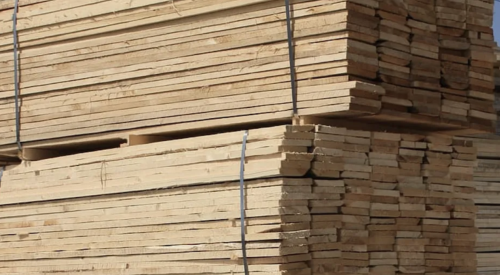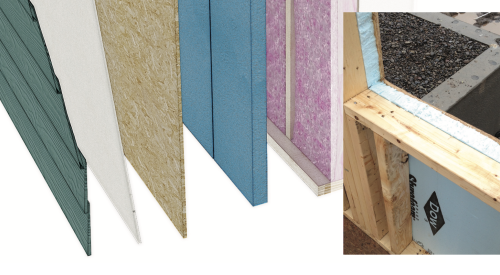While the country’s eyes and ears were locked onto the changes of lumber prices, other building material costs shot up, such as oriented strand board, or OSB. Since January 2020, the price of OSB has jumped 510%, according to the National Association of Home Builders. This significantly outpaces the price increases for lumber, and severe winter weather in the south earlier this year affected the availability of OSB. Prices and increases depend on location and use, notes NAHB.
Oriented strand board accounts for the most wood product used in structural panel applications in new construction. For example, OSB accounted for roughly two-thirds of wood panels used in wall sheathing in 2019.[1] Depending on the location of a build, the thickness of OSB sheathing in wall applications is generally 3/8” or 7/16” (with some use of 15/32”). The mill prices of these dimensions (shown below) have climbed an average of 491% since January 2020.[2] The “delivered” price of 3/8” thick OSB sheathing in Portland, Oregon has climbed an incredible 662% over the same period.
Oriented strand board is heavily relied upon in roofing applications as well. Roof sheathing made of OSB made up nearly two-thirds of all roof sheathing in 2019.[3] As roof sheathing is intended to resist “racking” resulting from high winds or earthquakes as well as carry gravity loads of items such as snow, finish roofing, and people, OSB sheathing used in roofing is typically 7/16” and 15/32” thick. In areas with minimal snow loads, building codes may allow for the use of 3/8” OSB.












